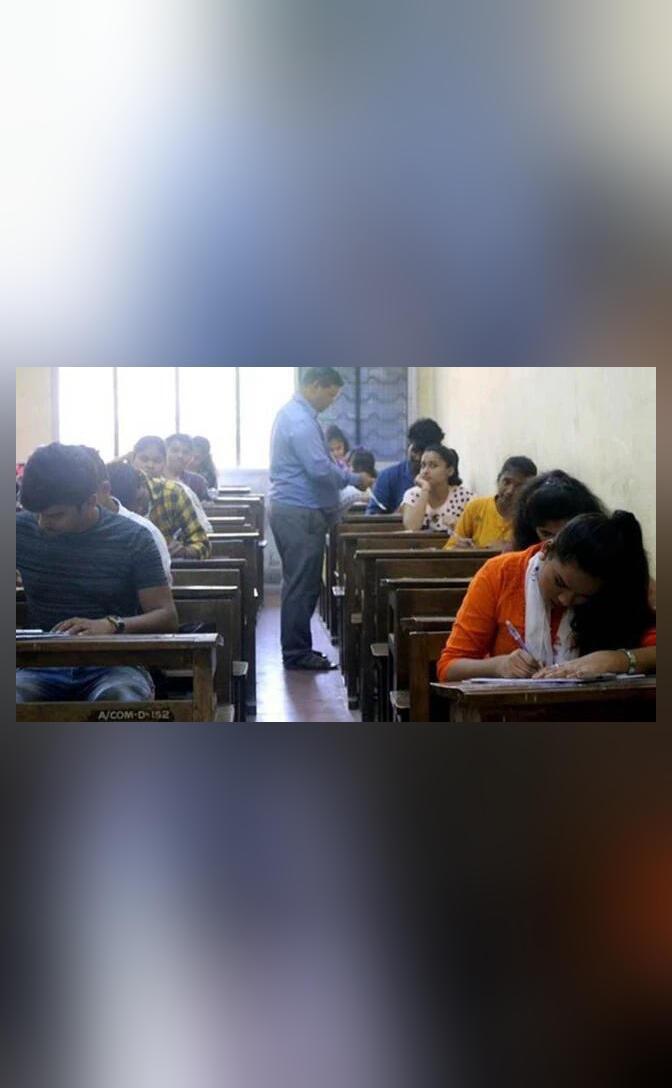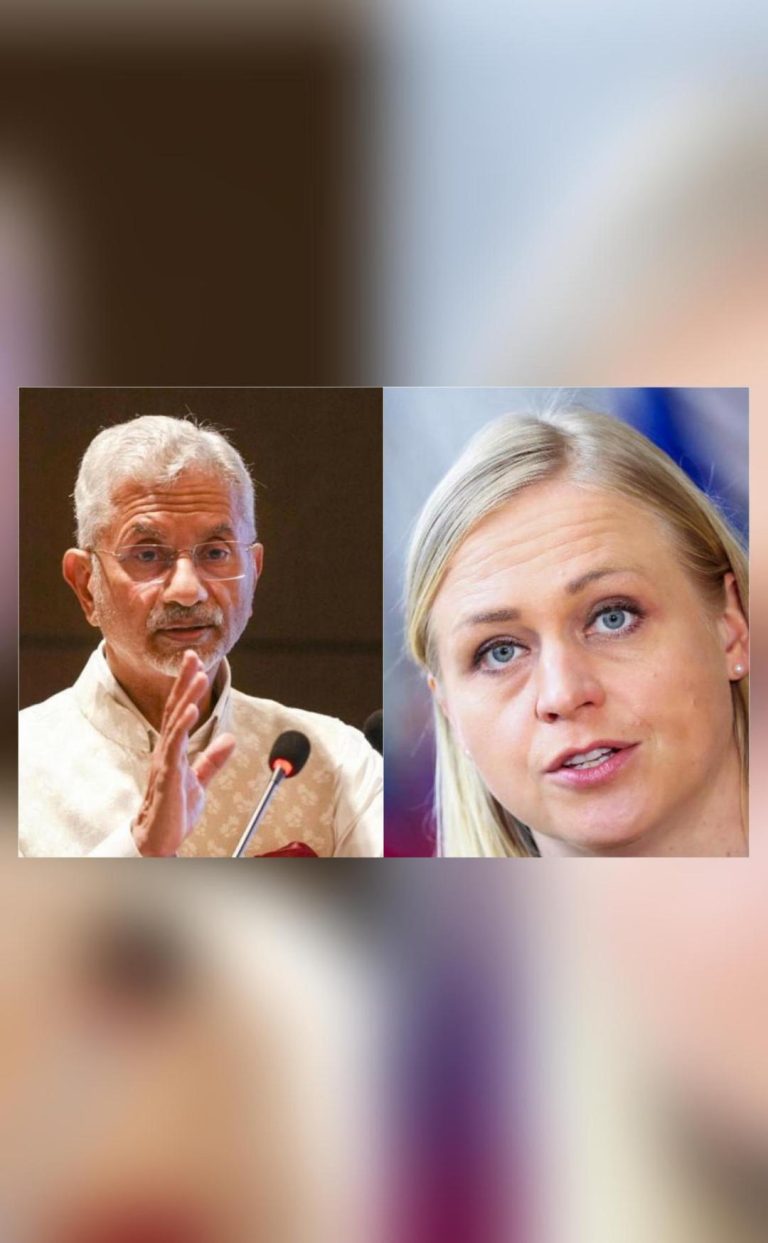
26% Faculty Posts Vacant in Central Universities: Govt
The Indian education system has been grappling with various challenges in recent years, and one of the most pressing concerns is the shortage of faculty members in Central Universities. According to the latest data, a staggering 26% of faculty posts in these universities remain vacant, affecting the quality of education and research in the country.
This revelation was made by Minister of State for Education, Sukanta Majumdar, in a written reply to Rajya Sabha, the upper house of Indian Parliament. Majumdar informed the House that out of a total of 18,951 faculty posts in 46 Central Universities, 5,039 posts are currently vacant. This is a matter of grave concern, as it not only affects the teaching and learning process but also has a cascading impact on research and innovation.
The data also reveals that the vacant posts are not spread evenly across the categories. As many as 54% of professor posts, 36.6% of associate professor posts, and 14.5% of assistant professor posts are lying vacant. This is a cause for worry, as it means that many universities are struggling to find suitable candidates to fill these positions. Moreover, the vacant posts are not just limited to teaching positions, but also include reserved faculty positions, which is a matter of concern given the constitutional mandates for adequate representation.
According to the data, over one-third of the 7,153 reserved faculty positions in Central Universities remain vacant. This includes posts reserved for Scheduled Castes (SCs), Scheduled Tribes (STs), Other Backward Classes (OBCs), and persons with disabilities. The vacancies in these reserved categories are a cause for worry, as it means that the universities are not meeting their constitutional obligations to provide adequate representation to these groups.
The reasons for the vacant posts are varied and complex. One of the main reasons is the lack of suitable candidates, particularly in certain subjects and disciplines. Many universities are finding it difficult to attract and retain talented faculty members, especially in fields like science, technology, engineering, and mathematics (STEM). This is a challenge that is not unique to Central Universities, but is a problem faced by many educational institutions in the country.
Another reason for the vacant posts is the lack of infrastructure and resources. Many Central Universities are facing financial constraints, which makes it difficult for them to provide adequate infrastructure and resources to their faculty members. This can be a major deterrent for talented faculty members, who may not find the working conditions conducive to carry out their research and teaching duties.
The impact of vacant faculty posts on the quality of education and research in Central Universities cannot be overstated. When faculty members are not available, it can lead to a decline in the quality of teaching and learning. Students may not receive the attention and guidance they need, which can affect their academic performance and overall development. Moreover, the vacant posts can also affect the research output of the universities, as faculty members are unable to carry out their research projects and collaborate with other scholars.
The government has taken several steps to address the issue of vacant faculty posts in Central Universities. One of the main initiatives is the creation of the National Education Policy (NEP), which aims to revamp the education system in the country. The NEP emphasizes the importance of research and innovation in the education sector and provides for the creation of new institutions and programs to promote research and innovation.
Another initiative is the launch of the Faculty Recruitment and Development Program, which aims to attract and retain talented faculty members in Central Universities. The program provides for the creation of new faculty positions, as well as training and development programs for existing faculty members.
The government has also taken steps to improve the working conditions and infrastructure in Central Universities. This includes the provision of additional resources and funding to the universities, as well as the creation of new facilities and infrastructure.
In conclusion, the revelation that 26% of faculty posts in Central Universities are vacant is a matter of grave concern. The vacant posts are not only affecting the quality of education and research in these universities but also have a cascading impact on the overall education system in the country. The government has taken several steps to address the issue, but more needs to be done to attract and retain talented faculty members and provide them with adequate infrastructure and resources.






